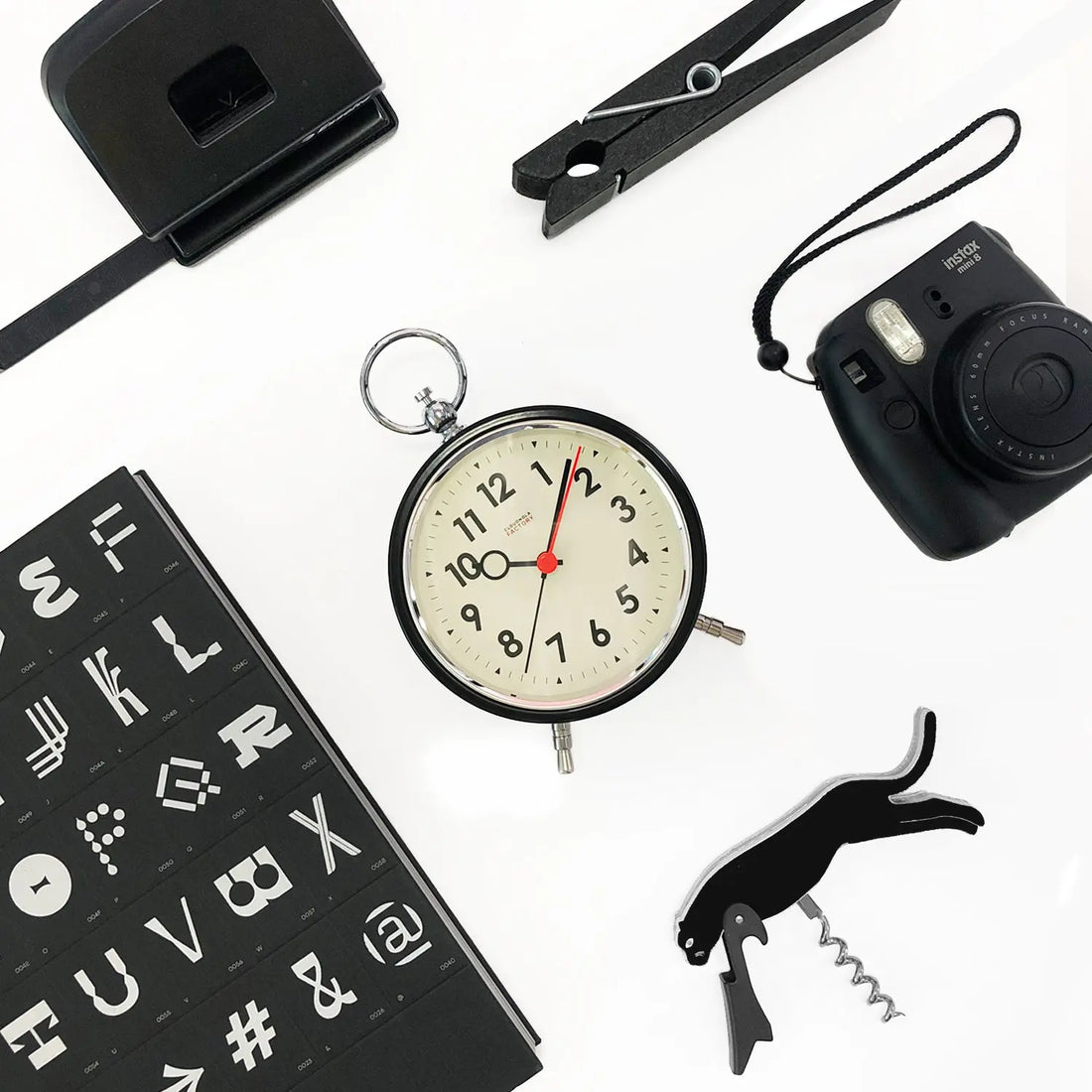The Evolution of Watch Design: From Pocket Watches to Smartwatches
Share
Watches are one of the most popular and ubiquitous timekeeping devices in the world, worn by millions of people every day. However, the design and functionality of watches have undergone significant changes over the years, reflecting the changing needs and preferences of consumers.
The earliest watches were pocket watches, which were worn on a chain or in a pocket. These watches were typically large and ornate, and were often status symbols for the wealthy. Pocket watches were often highly decorated and featured intricate designs, engravings, and embellishments.
In the early 20th century, wristwatches began to gain popularity, particularly among women. Wristwatches were more convenient than pocket watches, as they could be worn on the wrist and didn't require a chain or pocket. Wristwatches were also smaller and more portable, making them more practical for everyday use.
In the mid-20th century, watches began to incorporate new technologies, such as battery-powered quartz movements and digital displays. Quartz watches used a small crystal oscillator to keep time, which was much more accurate than traditional mechanical movements. Digital watches featured electronic displays that showed the time in numbers, rather than with traditional clock hands.
In the 21st century, watches have continued to evolve, with the rise of smartwatches and wearable technology. Smartwatches can do much more than just tell time; they can connect to the internet, display notifications, track fitness data, and even make phone calls. Some smartwatches even have built-in virtual assistants, allowing you to control other smart devices with your watch.
The design of watches has also evolved, with modern watches incorporating a wide range of materials and styles. From classic leather bands and metal bracelets to silicone straps and exotic materials like carbon fiber, watches can be customized to fit any style or preference.
In conclusion, the evolution of watch design reflects the changing needs and preferences of consumers over time. From pocket watches to smartwatches, watches have come a long way since their earliest days. Today, watches continue to evolve, incorporating new technologies and materials to meet the needs of modern consumers.


